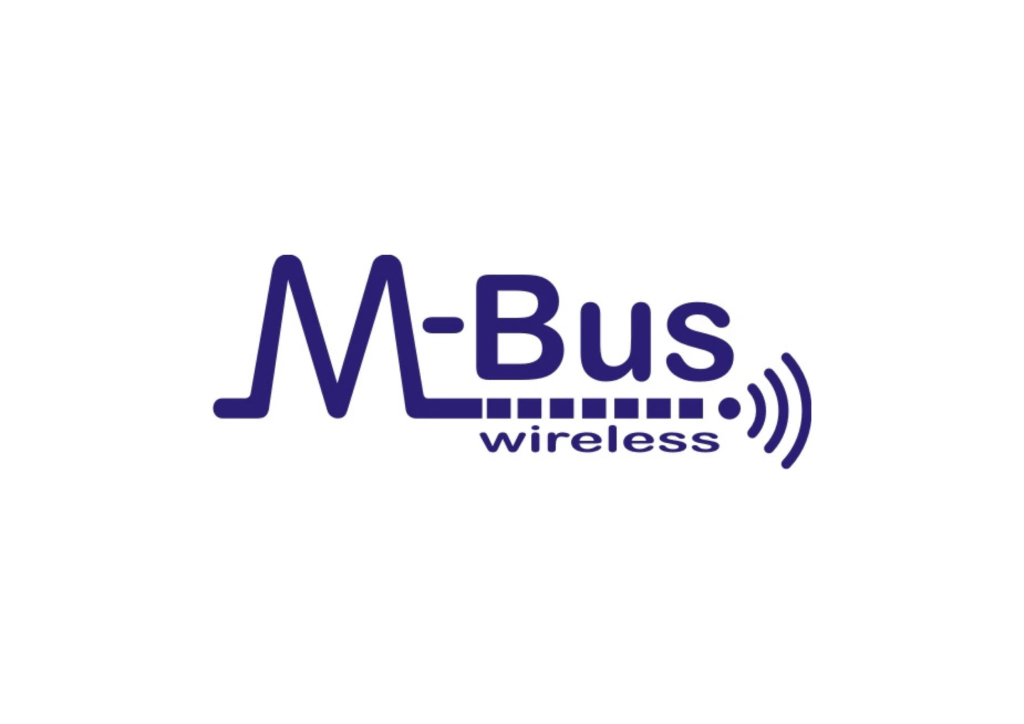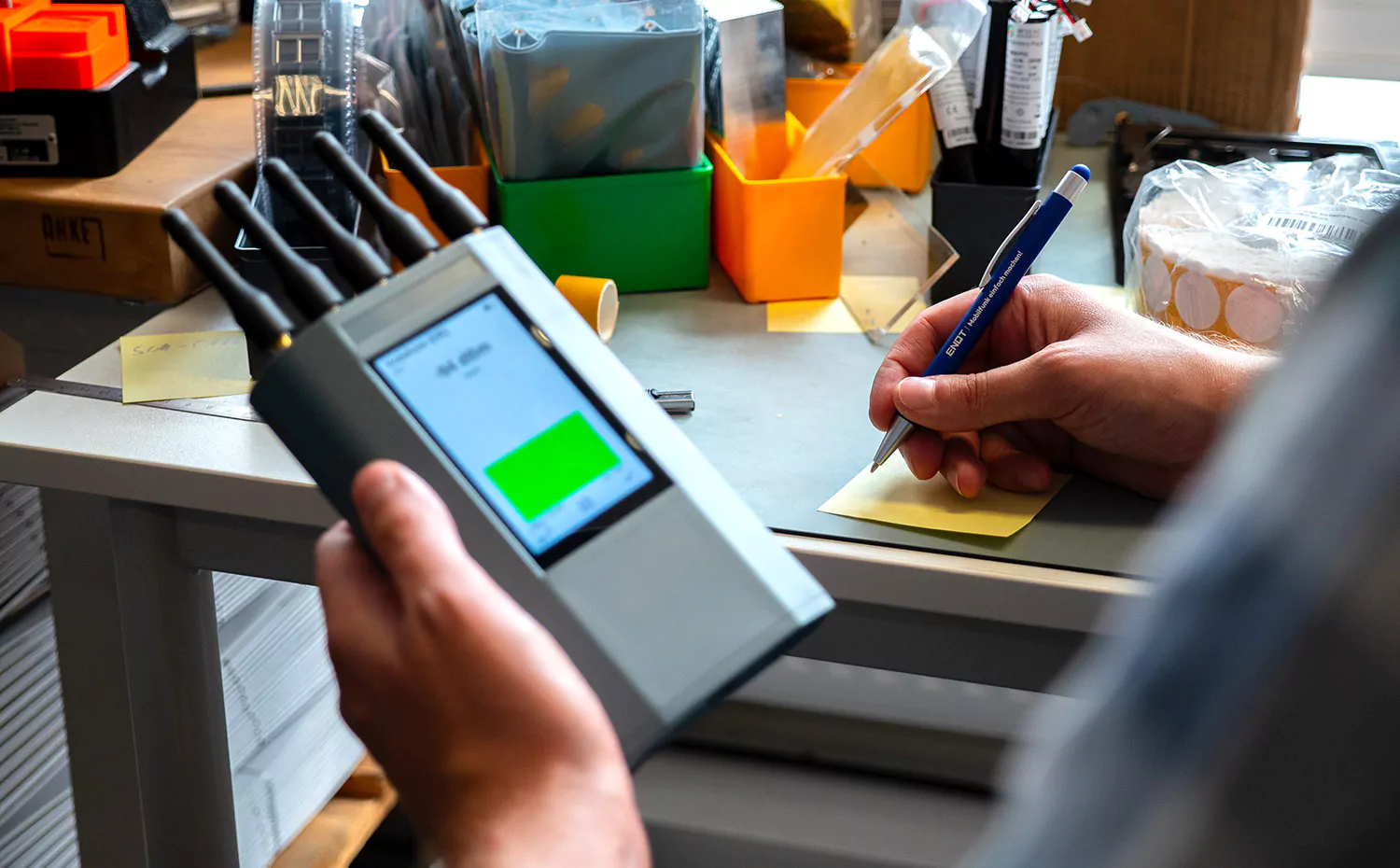The technology was developed in 1992 by Horst Ziegler in cooperation with the companies Techem and Texas Instruments. The Meter-Bus technology has its own European Standard 13754, the so-called Wireless M-Bus has the standardization specification EN 13757-4. In the following article, we will take a closer look at the functionality and application areas of the wireless M-Bus specification.
Functionality
A bus is a system for data transmission in which many participants communicate via a shared transmission path. The wireless M-Bus works according to the so-called “master-slave concept”. The shared transmission path means that several stations cannot transmit at the same time. For this reason, there is a master station that has the control function for several slave stations and can request data from them. In a single Wireless M-Bus system, up to 250 slave stations can collect and transmit sensor values. The master station acts not only as a control element, but also as a gateway. Here, all the data received is collected, processed, and finally transmitted to the operator of the system.
Wireless M-Bus communication uses the license-free frequencies 868 MHz, 434 MHz and 169 MHz for data transmission. The resulting elimination of license fees makes wireless M-Bus a cost-effective transmission technology.
M-Bus devices have different operating modes for different applications. These vary mainly in the transmission frequency: data transmission is possible from a few times per day, to transmission every second. In addition, communication can be unidirectional or bidirectional. Finally, the range and data rate also depend on the selected operating mode. Also by these differences the costs of the Wireless M-Bus can be optimized for the respective application.
Areas of application
Wireless Meter-Bus installations can be used in industry as well as in private households. One of the main application areas is consumption data collection. M-Bus technology is used for recording and remote reading of gas, water or electricity consumption, for example. Another field of application is the connection of sensors and actuators in various automation processes.



